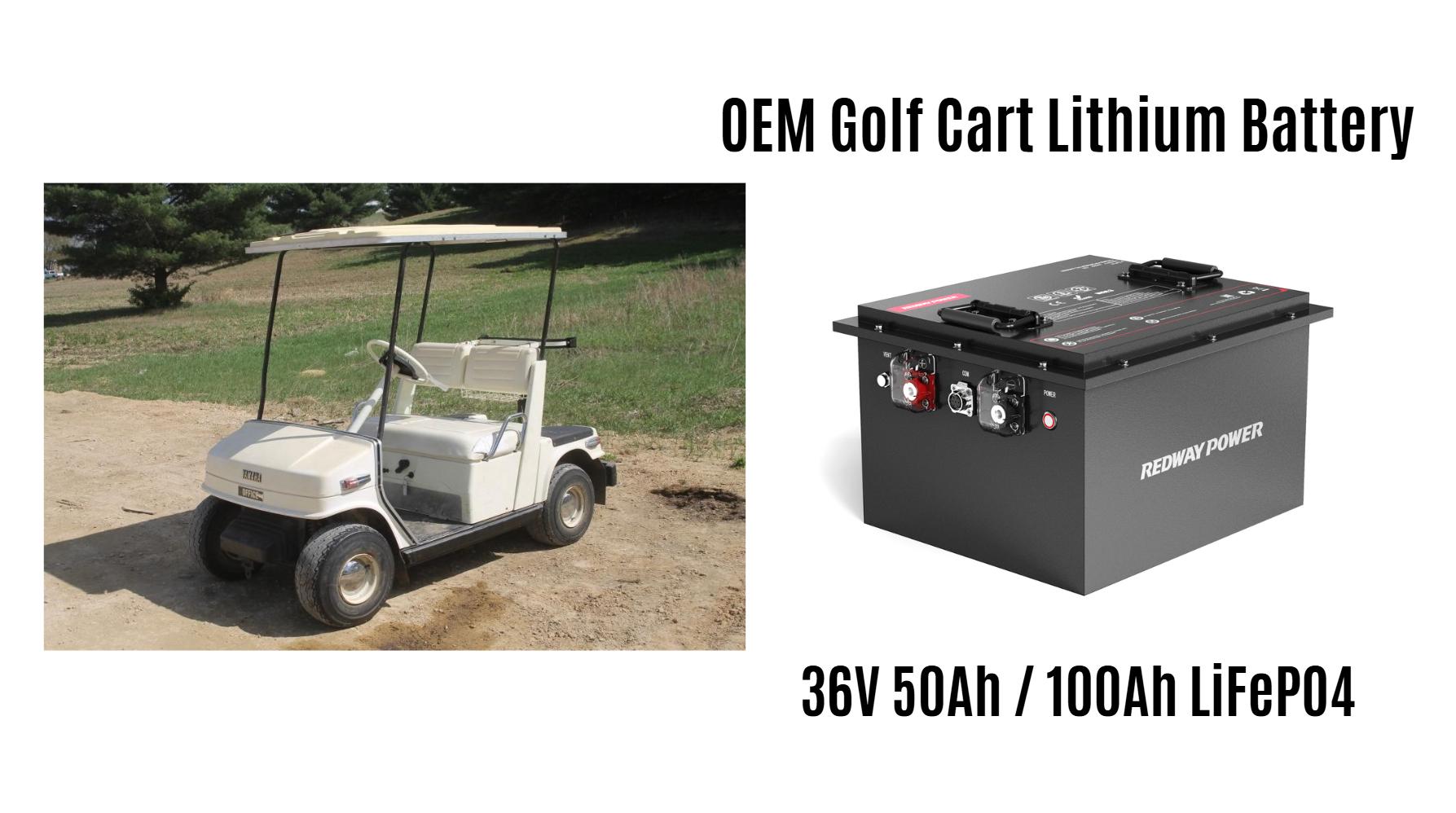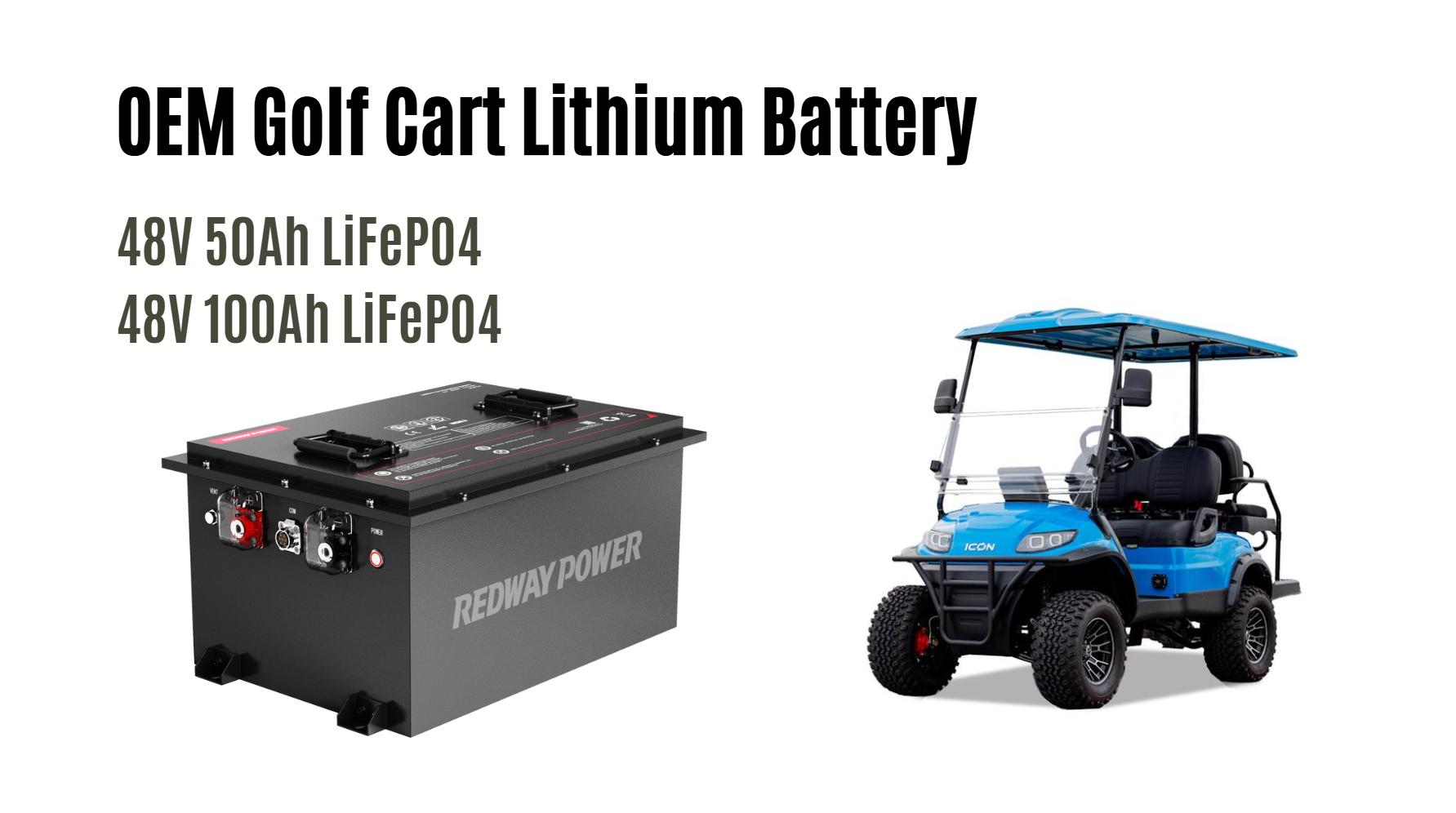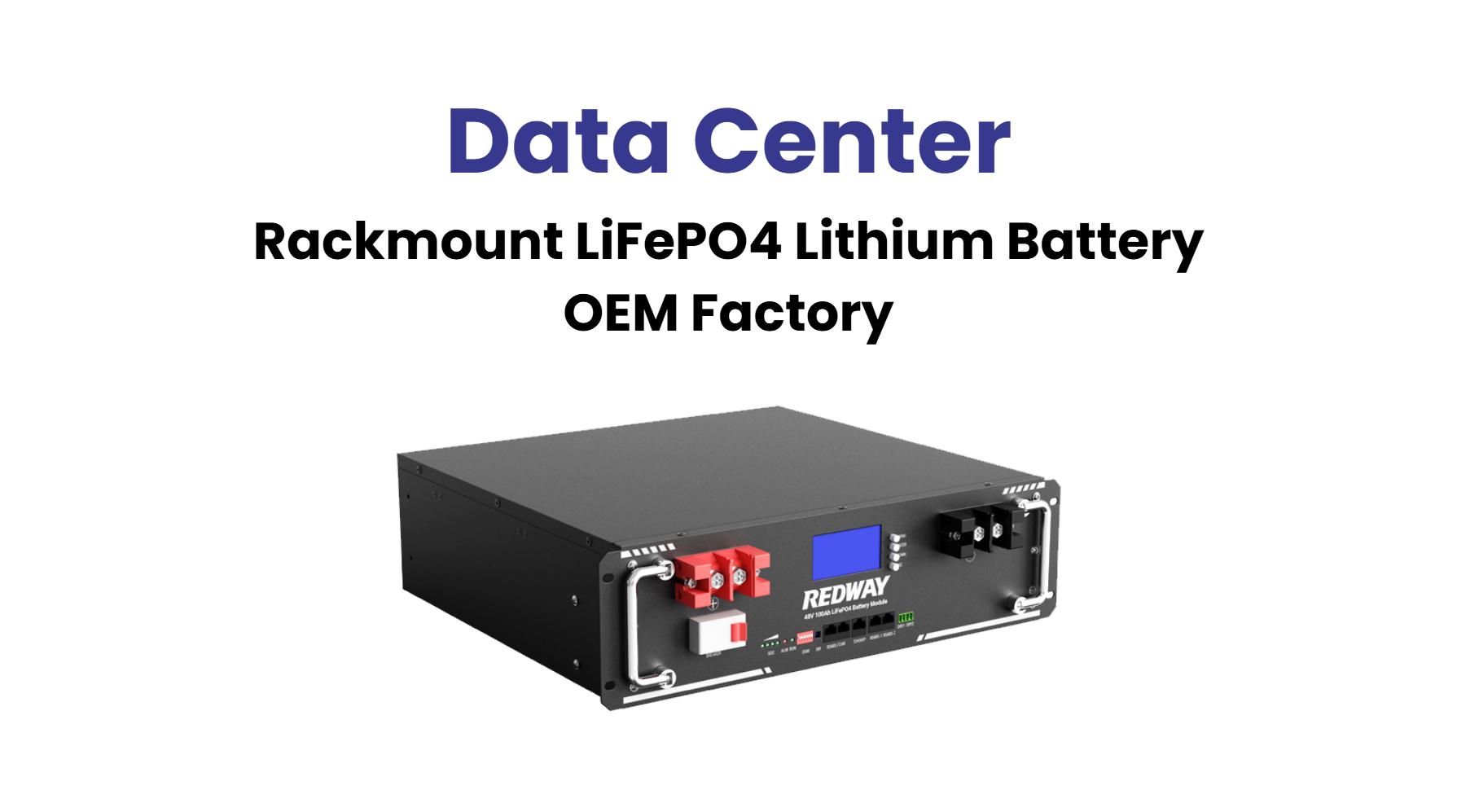What Is Driving the Rapid Growth of the Data Center Battery Market?
The data center battery market is expanding rapidly due to rising demand for uninterrupted power supply (UPS), increasing reliance on cloud computing, and stricter energy efficiency regulations. Lithium-ion batteries dominate due to their high energy density and longer lifespan. Emerging markets in Asia-Pacific and innovations in sustainable battery technologies further propel growth, with projections suggesting a $10+ billion valuation by 2030.
How Are Lithium-Ion Batteries Dominating the Data Center Market?
Lithium-ion batteries hold over 70% of the data center battery market share due to their superior energy density, compact size, and reduced maintenance needs. They outperform traditional lead-acid batteries in lifespan (10–15 years) and efficiency, making them ideal for critical power backup in hyperscale data centers. Declining costs and recyclability advancements further solidify their dominance.
What Role Does Renewable Energy Integration Play in Market Growth?
Renewable energy integration demands advanced battery systems to stabilize grid-dependent data centers. Solar and wind power variability necessitates reliable storage solutions for consistent uptime. Batteries like lithium-ion and flow batteries enable energy arbitrage, storing excess renewable energy during off-peak hours, reducing operational costs, and supporting sustainability goals. This aligns with global net-zero targets, driving adoption in eco-conscious enterprises.
Why Are Emerging Economies Key to Future Market Expansion?
Asia-Pacific leads growth with booming digitalization, 5G rollout, and government investments in data infrastructure. Countries like India and China are building hyperscale facilities, requiring robust UPS solutions. Latin America and Africa follow, driven by increased internet penetration and colocation data center projects. Local battery manufacturing incentives reduce import reliance, accelerating regional market penetration.
How Do Regulatory Policies Shape Battery Adoption Trends?
Governments enforce strict data sovereignty laws and carbon emission caps, mandating energy-efficient backup systems. The EU’s CBAM and U.S. Inflation Reduction Act promote domestic battery production and tax credits for sustainable tech. Compliance with fire safety standards (e.g., NFPA 855) also pushes adoption of safer, certified lithium-ion systems over outdated alternatives.
What Innovations Are Redefining Data Center Battery Technologies?
Solid-state batteries, with non-flammable electrolytes, promise enhanced safety and higher energy density. Flow batteries offer scalability for large facilities, while AI-driven battery management systems (BMS) optimize performance and predict failures. Startups are exploring graphene-based and sodium-ion batteries as cost-effective, eco-friendly alternatives to lithium, though commercialization remains in early stages.
Are Lead-Acid Batteries Still Relevant in Modern Data Centers?
Lead-acid batteries are fading due to bulkiness, shorter lifespans, and higher maintenance. However, they remain in smaller data centers with budget constraints or legacy systems. Valve-regulated lead-acid (VRLA) variants see niche use in regions with limited lithium-ion infrastructure, but phase-outs are imminent as costs decline for advanced alternatives.
Expert Views
“The shift to lithium-ion is irreversible, but the next frontier lies in hybrid systems integrating multiple battery types for load-specific efficiency. At Redway, we’re piloting lithium-ion paired with supercapacitors for instantaneous load response, reducing wear on primary batteries and extending lifecycle by 30%.” — Redway Power Solutions Team
Conclusion
The data center battery market thrives on technological innovation, regulatory shifts, and renewable energy integration. Lithium-ion’s dominance will persist, but emerging technologies like solid-state and AI-driven management systems promise transformative gains. Businesses prioritizing scalability, sustainability, and compliance will lead in this $10 billion+ arena, with Asia-Pacific remaining the growth epicenter.
FAQs
Q: How long do data center batteries typically last?
A: Lithium-ion batteries last 10–15 years, while lead-acid variants require replacement every 3–5 years.
Q: Can data centers use second-life EV batteries?
A: Yes, repurposed EV batteries are gaining traction for non-critical backup, reducing costs and environmental impact.
Q: What is the biggest challenge for market growth?
A: High upfront costs and supply chain bottlenecks for lithium and cobalt are primary hurdles.





